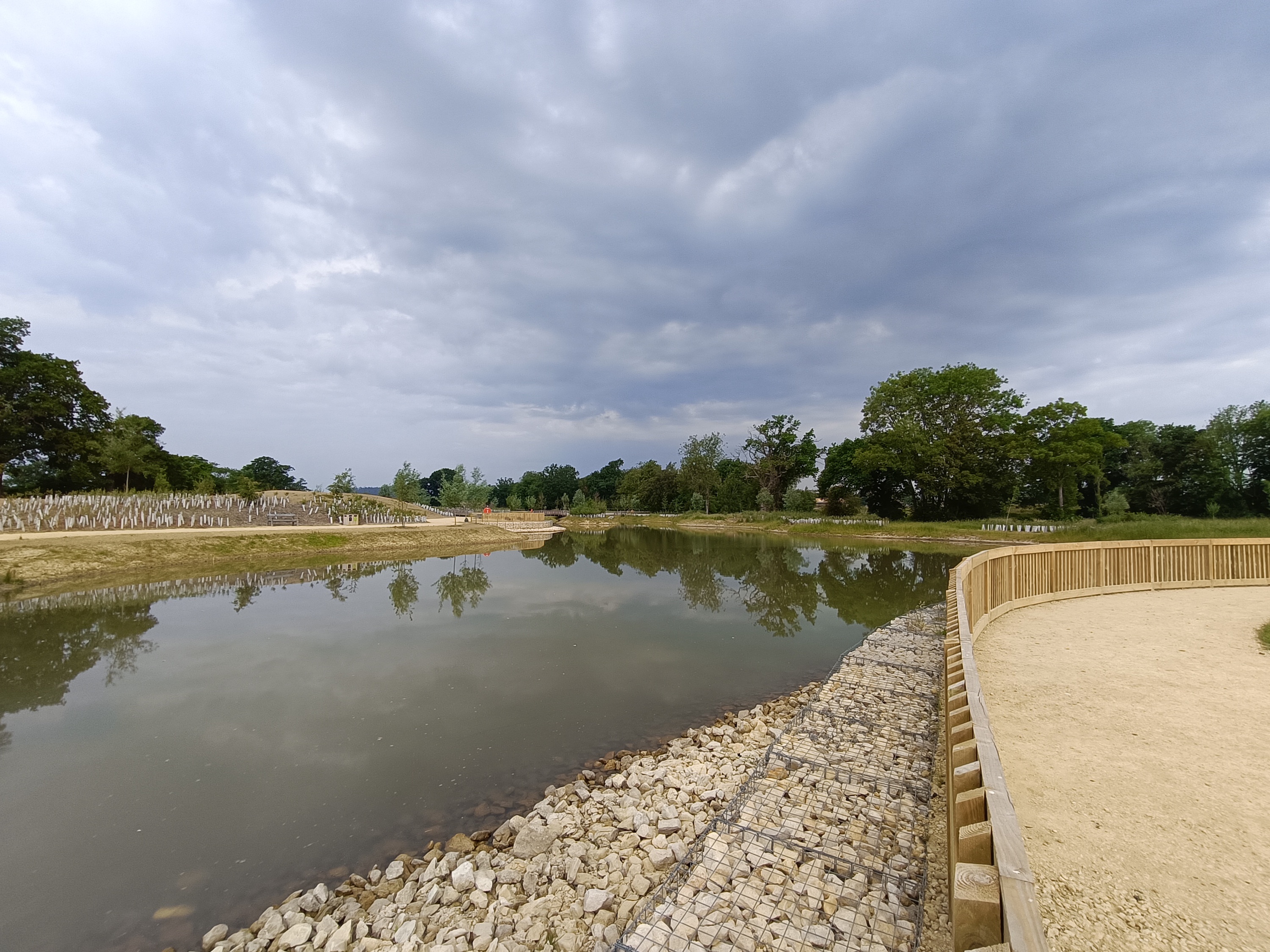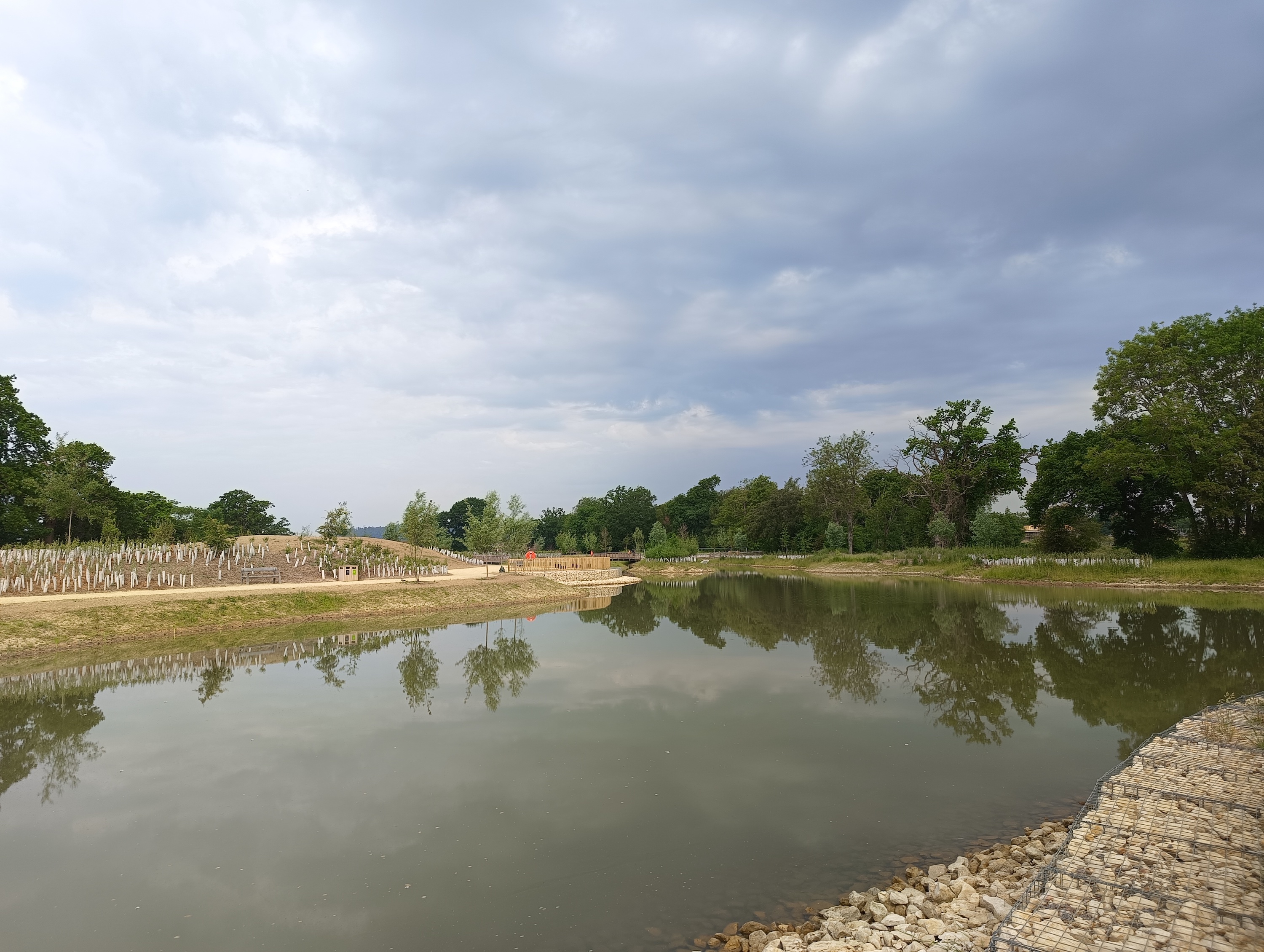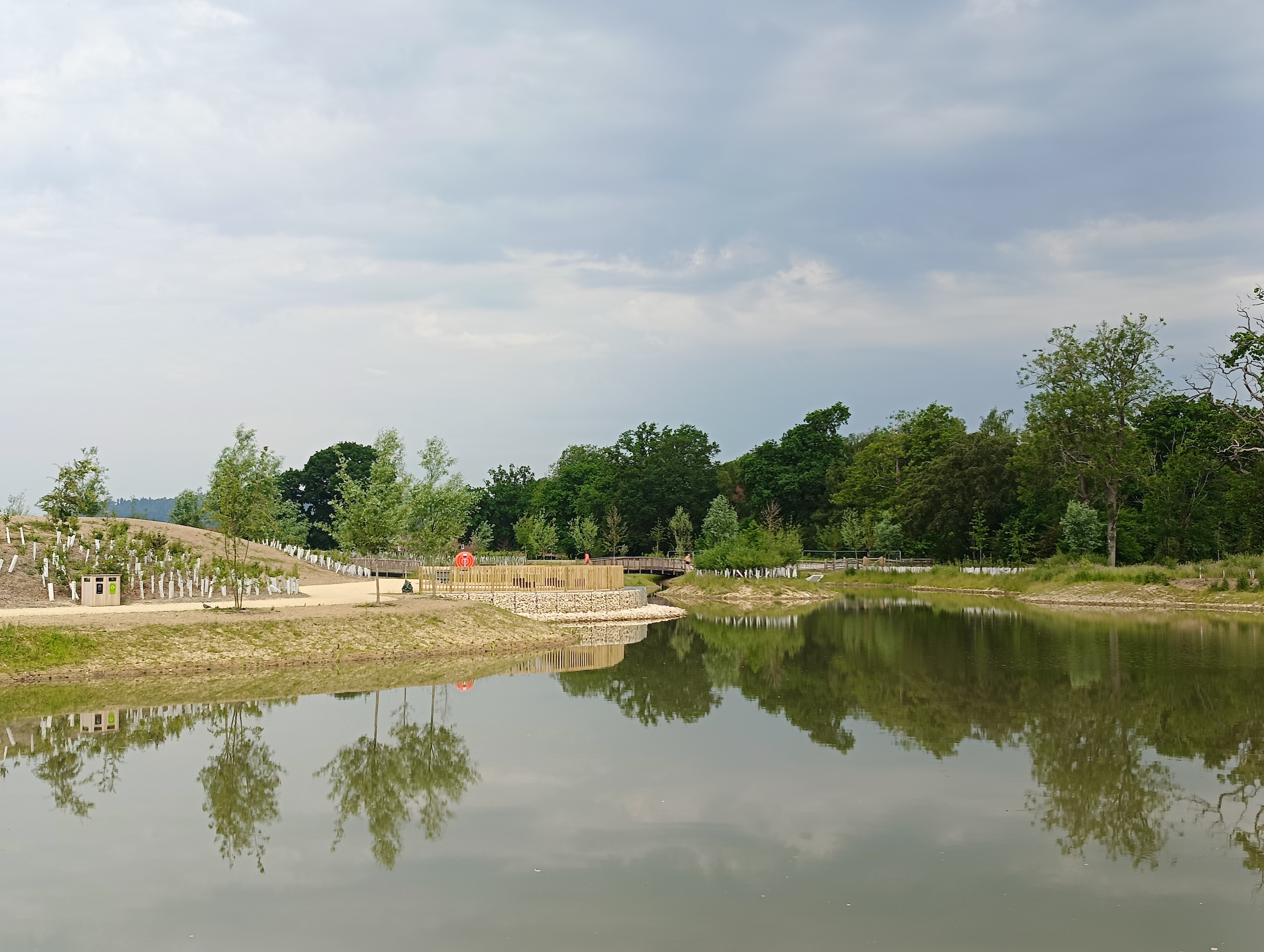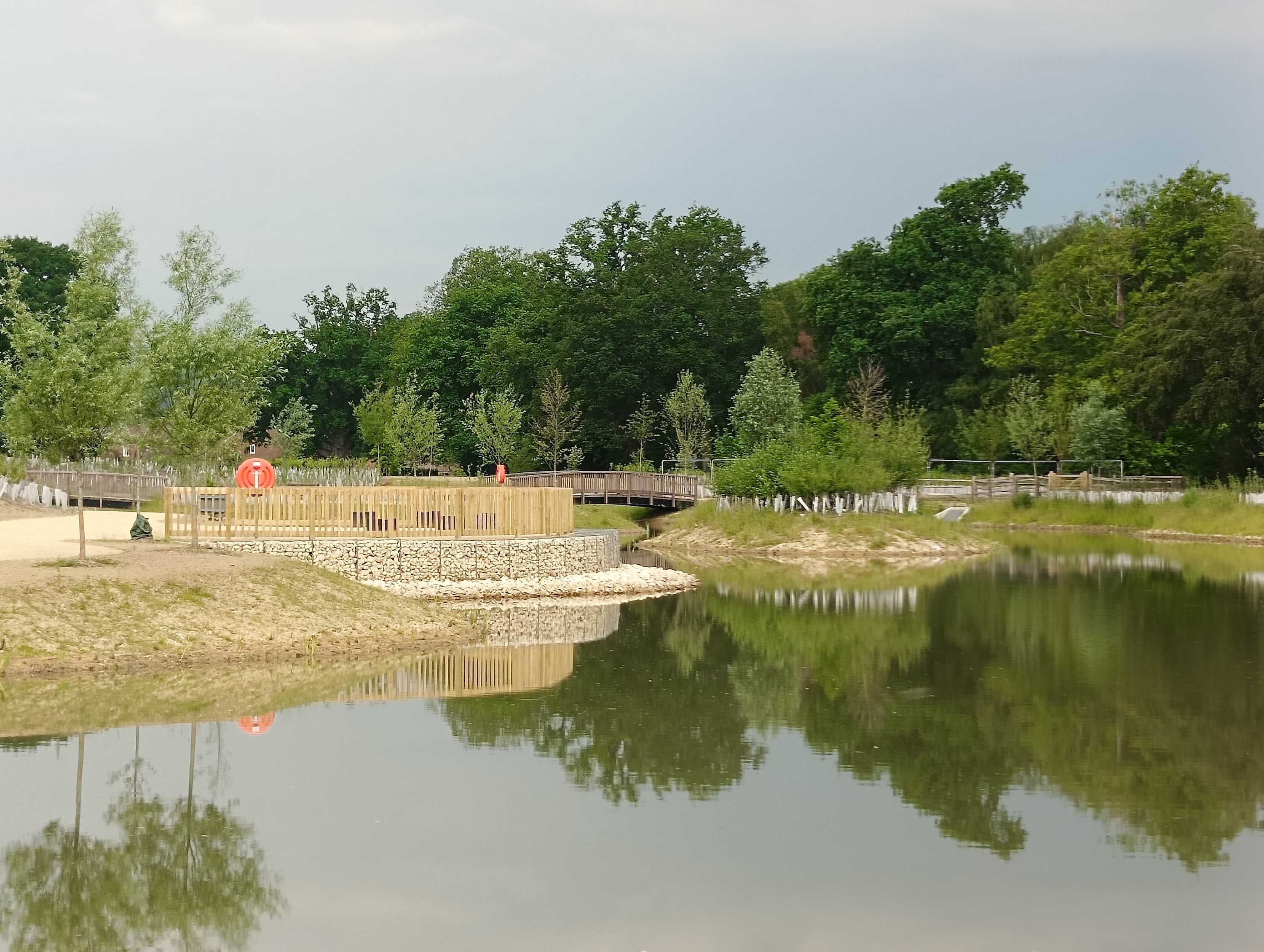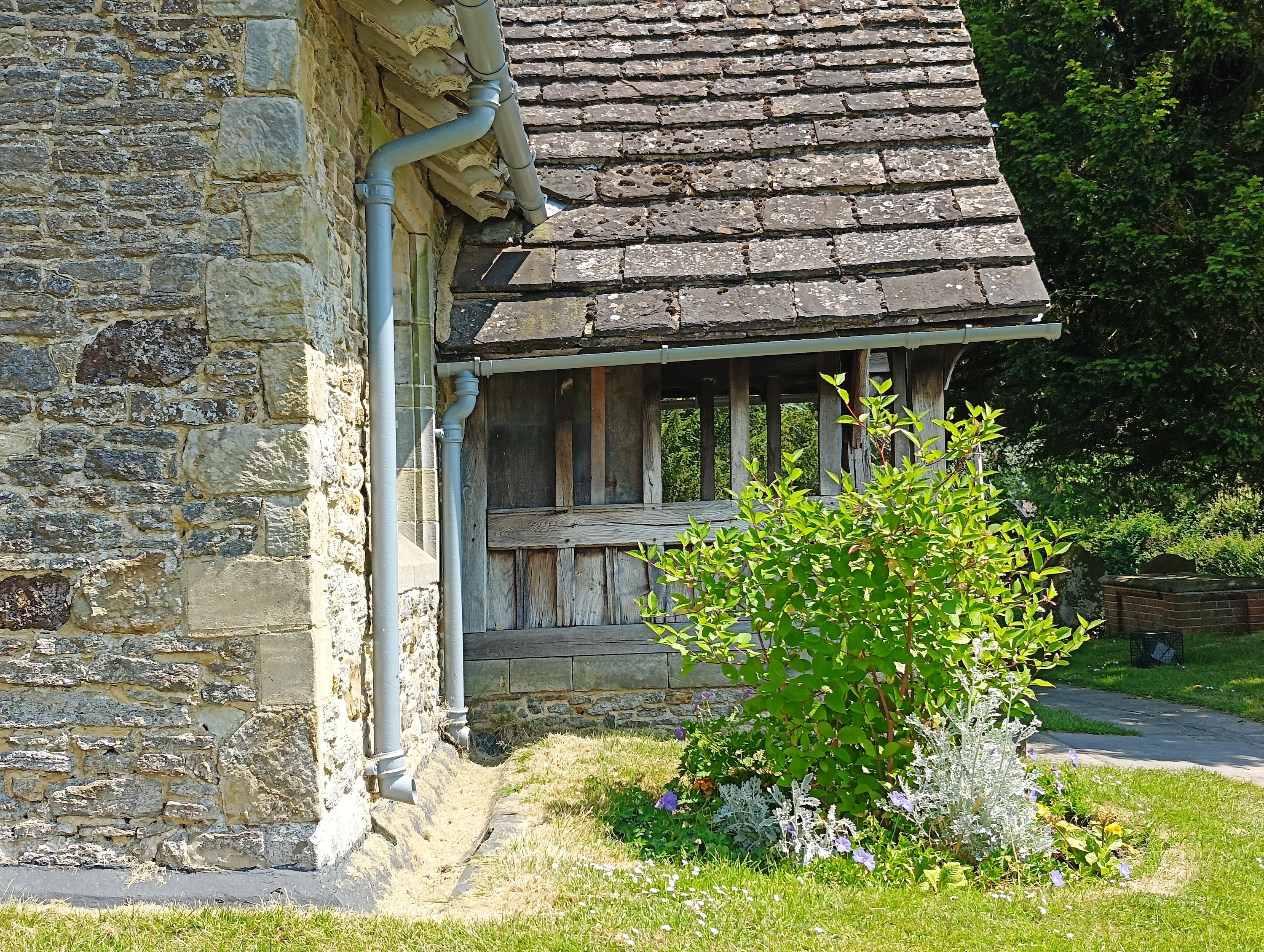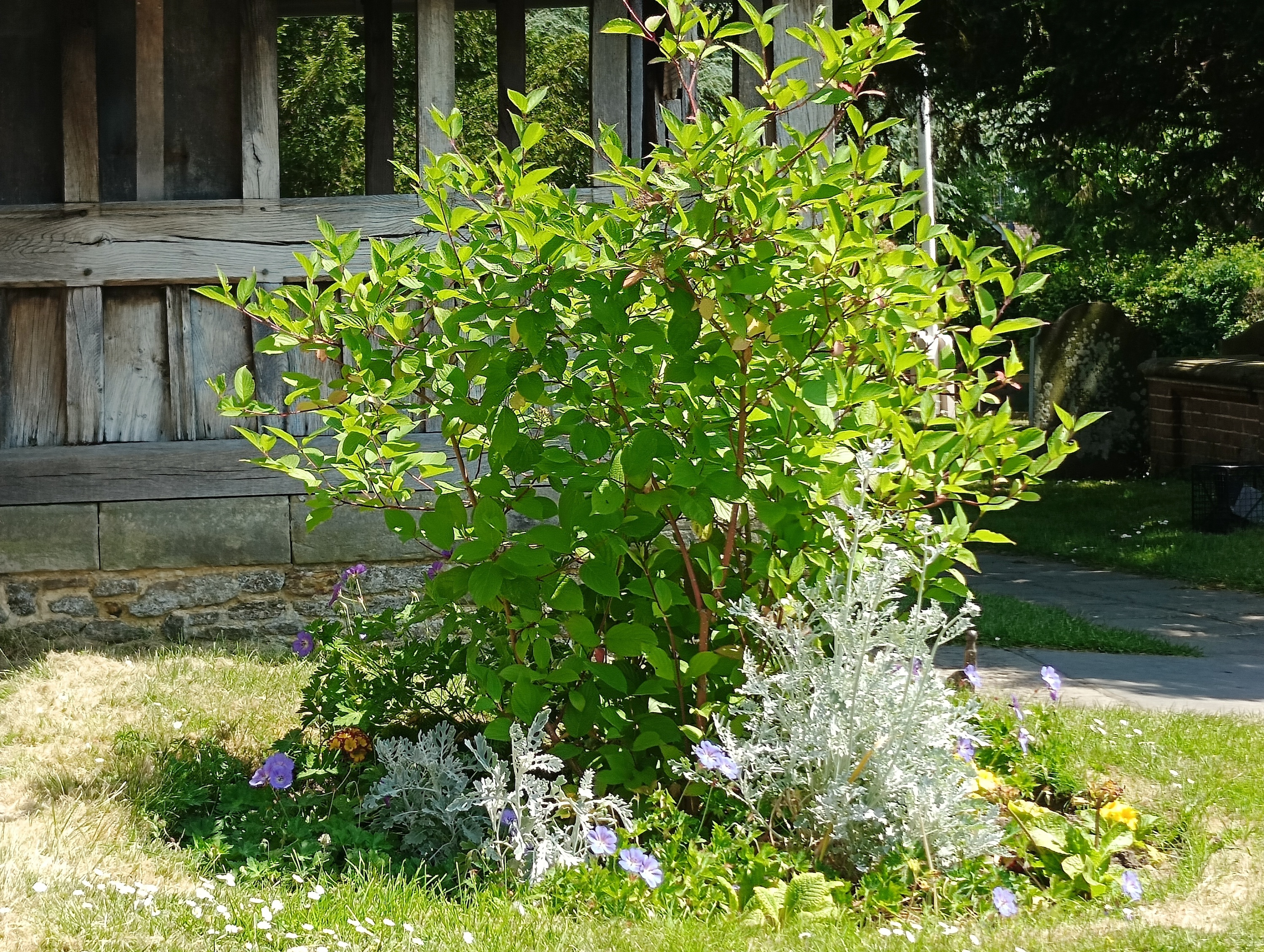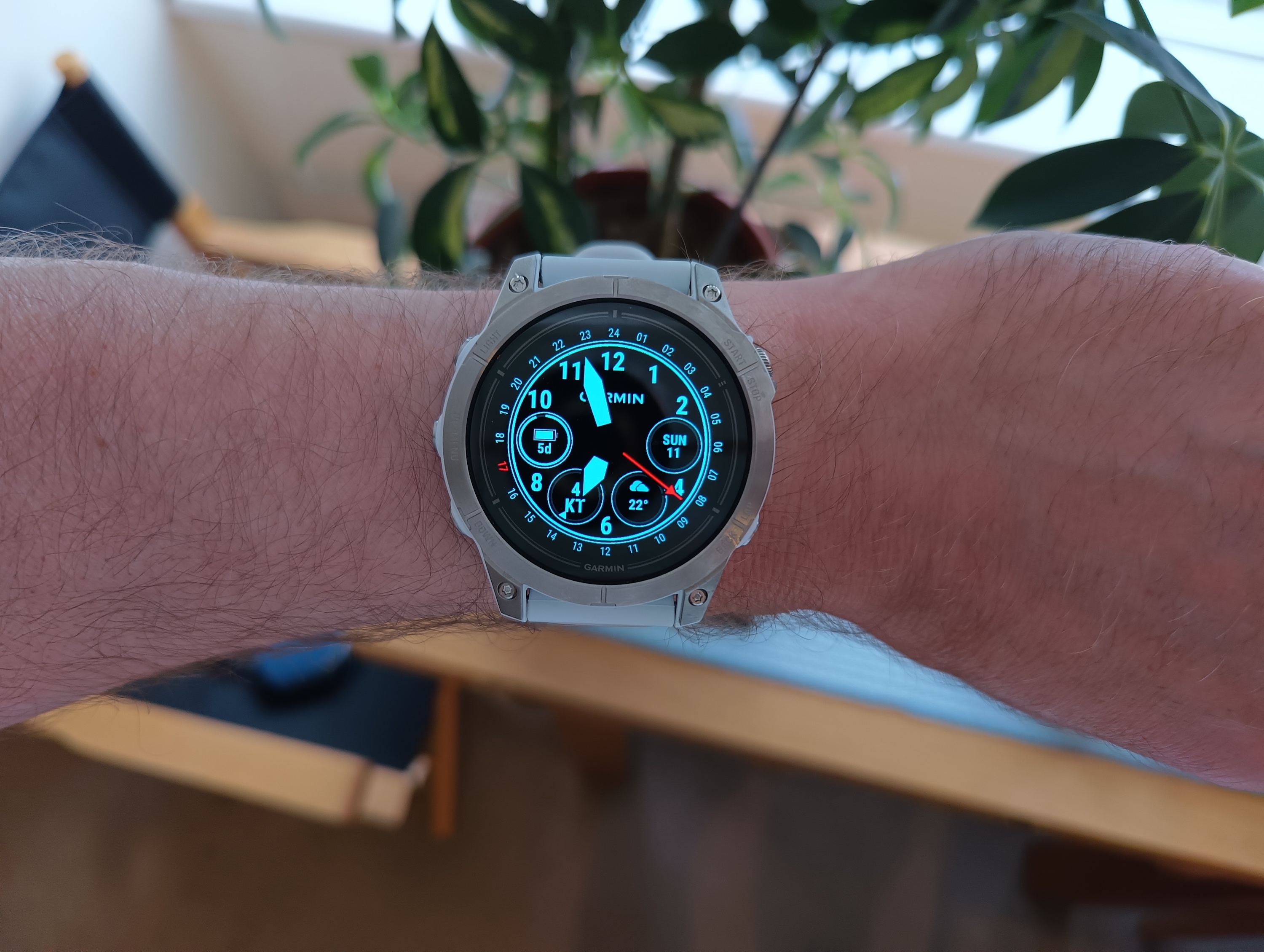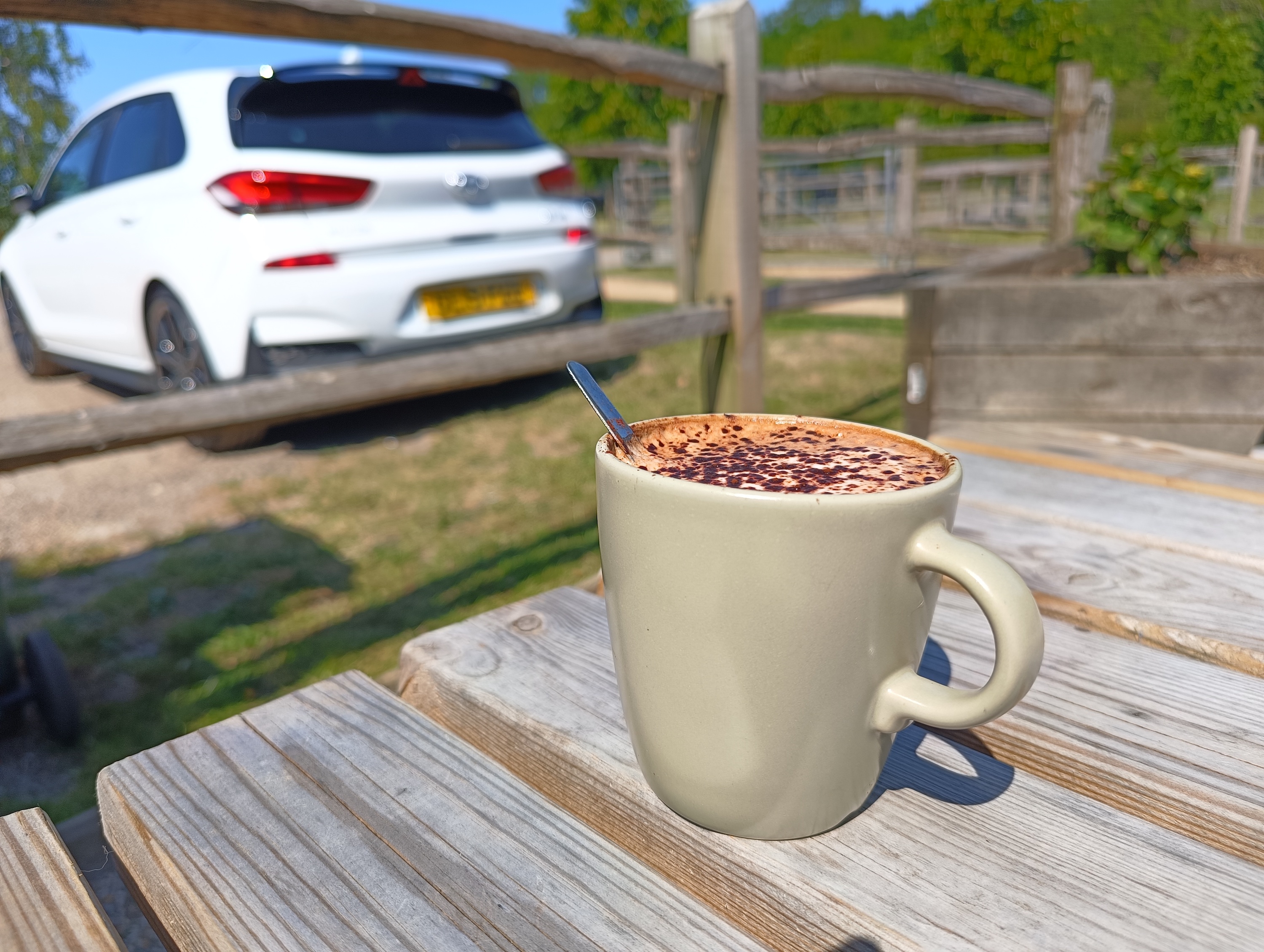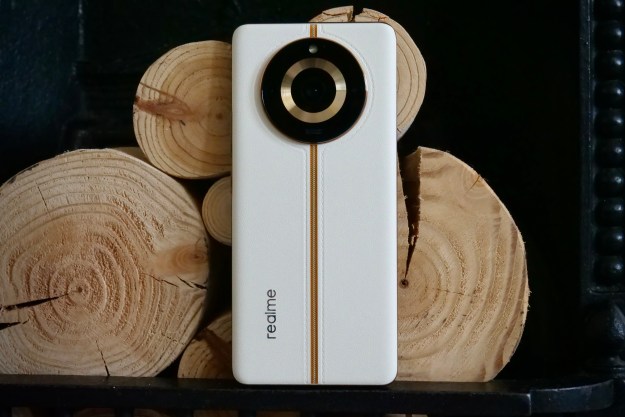
“The Realme 11 Pro+ takes mid-range phone design and battery charging speeds to the next level, but the selfie camera, software, and durability let it down.”
- Classy design
- Interesting camera zoom feature
- Fast 100W wired charging
- Slim and lightweight
- No IP rating
- Terrible selfie camera
- Irritating auto brightness adjustment
I’ve been feeling very warmly toward mid-range smartphones recently, with the Samsung Galaxy A54 leaving a very good impression and the Google Pixel 7a making me wonder why I’d need a more expensive device at all.
The Realme 11 Pro+ is priced similarly to these phones, so can it continue the trend?
It has the looks

The Realme 11 Pro+ beats the Galaxy A54 and the Pixel 7a in the looks department, but only if you get it in the Sunrise Beige color scheme in our photos. It’s a real beauty, and the fake leather rear panel (complete with fake stitching) is a really pleasant surprise on a phone at this price. It’s warm to the touch, tactile, grippy, and doesn’t get covered in fingerprints. Realme makes no secret about it being penned by a former Gucci designer, but name-dropping aside, the Realme 11 Pro+ is a seriously classy-looking device.
In addition to the Sunrise Beige version I’ve used, the phone also comes in an Oasis Green shade that shares the fake leather rear panel and a standard Astral Black version too. The black model is thinner and lighter than the fake leather models, measuring 8.2mm thick and 183 grams, compared to 8.7mm and 189 grams for the fake leather versions. You probably won’t notice much difference, as the Realme 11 Pro+ is slim and light regardless of the model you buy.

Durability is a little bit of a concern, though. The screen is covered in “double-reinforced glass,” according to Realme, but don’t expect branded Gorilla Glass here. It doesn’t have any form of IP rating either, so there’s no splash or dust resistance. A transparent case is included in the box, and it’s probably very wise to use it.
The screen almost wins

On paper, the Realme 11 Pro+’s screen is a real winner on any phone, let alone a mid-range model. It’s a 6.7-inch AMOLED with a 120Hz refresh rate, a 2412 x 1080 refresh rate, and 2160Hz PWM dimming for reduced flicker. It looks great for video but does have that typical cool, blue tint that comes with similar panels — and is nowhere near as warm as an iPhone 14 Pro’s screen, for example.
I like that it’s curved down the sides, and the bezel at the bottom is really small, as it adds to the expensive look and feel of the phone. It’s suitably bright, and only in very strong sunlight does it become a little difficult to see what’s going on. I’ve had no problems with the in-display fingerprint sensor for security either, and there’s face unlock too.

All this is excellent, but the screen is let down by Realme’s incredibly aggressive brightness control.
Multiple times a day, the screen will dim down to its lowest level, often in normal conditions. Either the ambient light sensor isn’t doing its job very well, or Realme’s software prioritizes battery life at all costs. Whatever the reason, it’s infuriating, and I’ve ended up turning the auto adjustment off entirely. There’s no need for Realme to tune the auto brightness adjustment this way, as it ruins user-friendliness.
The software is a bit annoying

The Realme 11 Pro Plus has Android 13 with Realme UI 4.0 installed. It’s very similar to Oppo’s ColorOS and OnePlus’s OxygenOS but a bit less user-friendly. Thankfully Realme has cut down the number of annoying system notifications from previous versions, so it mostly leaves you alone, but the way it’s set up out of the box means it requires work to make it easier to live with.
For example, by default, the Drawer mode includes a personalized search bar, app suggestions, and displays the keyboard immediately when you pull it into view. The auto brightness adjustment annoyed me the most, but this comes a close second.
Muscle memory means I open the Drawer and swipe up again to scroll through the list of apps, but the setup here means, instead, I swipe, type something by accident, and then have to tap and clear the search bar before finding my app. Dig into the Settings menu, and all this can be turned off, but why it’s all active by default is beyond me.

When I set up the phone, it hid the automatic installation of at least a dozen games inside the “review additional apps” screen, something no other phone does, plus there are more than 25 pre-installed apps and games, both from Realme and third parties, already. This borders on the unacceptable. It’s not all bad news, though, and I like Realme UI’s always-on-screen options, the speed of the operating system, and its general reliability.
However, the overall brilliance of Android on the Google Pixel 7a was a big reason why I didn’t feel the need to change it to a different phone when I used it, but the shortcomings and frustrations of Realme UI mean I won’t miss the 11 Pro+ in the same way. It looks like Realme will provide two years of Android updates and three years of security updates, which falls way behind Samsung’s four and five-year commitments.
Does it take good photos?

The Pixel 7a takes fantastic photos, and the Galaxy A54 is no slouch either. Realme has done something different with the 11 Pro+’s camera to make sure it captures attention — it has a 200-megapixel main camera with a 2x and 4x “lossless” zoom mode. This isn’t an optical zoom but instead uses the massive pixel count of the 200MP main sensor to crop images without losing quality.
This feature certainly separates the Realme 11 Pro+ from the competition, and the good news is it’s moderately successful, too, provided you don’t expect it to take on the Galaxy S23 Ultra. The 2x zoom setting is far less pixelated than the 4x, and although it’s not perfectly sharp, it’s more than acceptable. You can use the Realme 11 Pro+’s zoom modes with some confidence, and that’s a big deal on a phone without a telephoto camera.
Continuing with the zoom features, you can take a single 200MP photo, and the software automatically crops the image down to zoom in on key features, then saves them as individual images. It reminds me of Samsung’s Single Take mode but is let down by the quality of the 200MP photos themselves, which can be harshly exposed and overly saturated. The other two cameras on the phone are an 8MP wide-angle and a 2MP macro camera, neither of which inspires.
There are times when the main camera does take good photos, especially if you want to share them on social media, and the inclusion of optical image stabilization (OIS) is great to see. But there are quite a few problems that arise the longer you use the camera. Reliability is an issue, where it will fail to properly focus or produces blurry shots for no reason, and the consistency across the main and wide-angle camera is poor, plus lowlight capabilities are nowhere near that of the Pixel 7a.
Worst of all is the 32MP selfie camera, which washes everything out to the point where I assume it’s broken. It’s easily one of the worst selfie cameras I’ve ever used. The Realme 11 Pro+’s camera has potential, but it’s unreliable and inconsistent, and the selfie camera is a disaster, making it tough to recommend for anything more than casual fun.
Battery, charging, and performance

The battery has a 5,000mAh capacity and 100W wired charging, but the phone does not have wireless charging. This isn’t an essential feature, but more phones are including it, with the Google Pixel 7a and the Samsung Galaxy A54 featuring both wired and wireless charging. However, when the wired charging takes the battery to full in just under 30 minutes, do you really need the convenience of inevitably slower wireless charging too?
Realme has worked with MediaTek for the 11 Pro+, and it uses the Dimensity 7050 processor with either 8GB or 12GB of RAM and 128GB or 256GB of storage space. For everything except gaming, it returns strong, solid power and will handle normal apps, social networking, calls, and video without an issue. I’ve been reviewing the Realme 11 Pro+ with 12GB of RAM.
Wired charging takes the battery to full in just under 30 minutes.
Gaming is not its forte, and although Asphalt 9: Legends is perfectly playable, there is some slight slowdown when the screen is busy. It isn’t designed to run hardcore games for hours and struggled to maintain a decent frame rate even in the 3DMark benchmarking app’s easier tests. If you expect to play some of the top titles for hours, this may not be the phone for you.
The fact it leans more toward general use is reflected in the time the battery lasts. With around two or three hours of screen time each day, provided you don’t play games, it will last two full days. Add more than an hour of games and video streaming into this, and it may even struggle to last a single, full day. I’ve been using the Realme 11 Pro+ linked to a Garmin smartwatch, so this should also be taken into account, but overall it provides similar battery life to the competition.
Price and availability

The Realme 11 Pro+ has been announced for India, where it’s available to buy now. It’s possible the phone will launch in Europe and the U.K. in the future, but no release plans have been made official yet. Realme does not sell its smartphones in the U.S. The 12GB/512GB Realme 11 Pro+ costs $529.
This makes it more expensive than the $499 Galaxy A54 and the $449 Google Pixel 7a — and substantially more than the still available (and still worth buying) $399 Google Pixel 6a. The classy design, faster charging, and camera zoom features are strong reasons to give the Realme 11 Pro+ a try, but it’s really let down by some of the software, the selfie camera, and the lack of IP rating and other toughness features.
What if you own the Realme 10 Pro+? The prequel hasn’t been out very long (because Realme is addicted to making phones), but the design is much more attractive, and the camera’s zoom features are completely new. The price is quite a lot higher this time around, though, and the core specs aren’t much different at all, so few will find a compelling reason to upgrade just yet.
Lots to learn from all sides

Google, Samsung, Motorola, and HMD Global could all learn from Realme about the value of taking the time to design a great-looking smartphone in this price range. I think the Realme 11 Pro+ looks excellent, and I love the way the fake leather makes the phone feel when I’m holding it. It’s also good to see a different, fun new feature on a mid-range camera. The zoom mode isn’t perfect, but it’s far more interesting and useful than gimmicky features that apply to only a few people.
Realme needs to pay attention to its software though, which almost ruins the 11 Pro+ for me, and to ensure that spending extra on the design doesn’t overly impact other key features. The terrible selfie camera is unforgivable these days, and the lack of an IP rating takes away confidence. I realize a mid-range phone can’t have everything, but there has to be a sensible balance.
Having enjoyed various mid-range phones recently, how has the Realme 11 Pro+ compared, and is it further evidence of a resurgence in this crucial, sometimes under-served space? I’d definitely still choose the Google Pixel 7a over the Realme 11 Pro+, but the superior design and ergonomics may make me think twice about buying the Galaxy A54 over it. Despite its faults, the Realme 11 Pro+ adds just enough to the growing range of affordable, interesting phones out today to save it.
